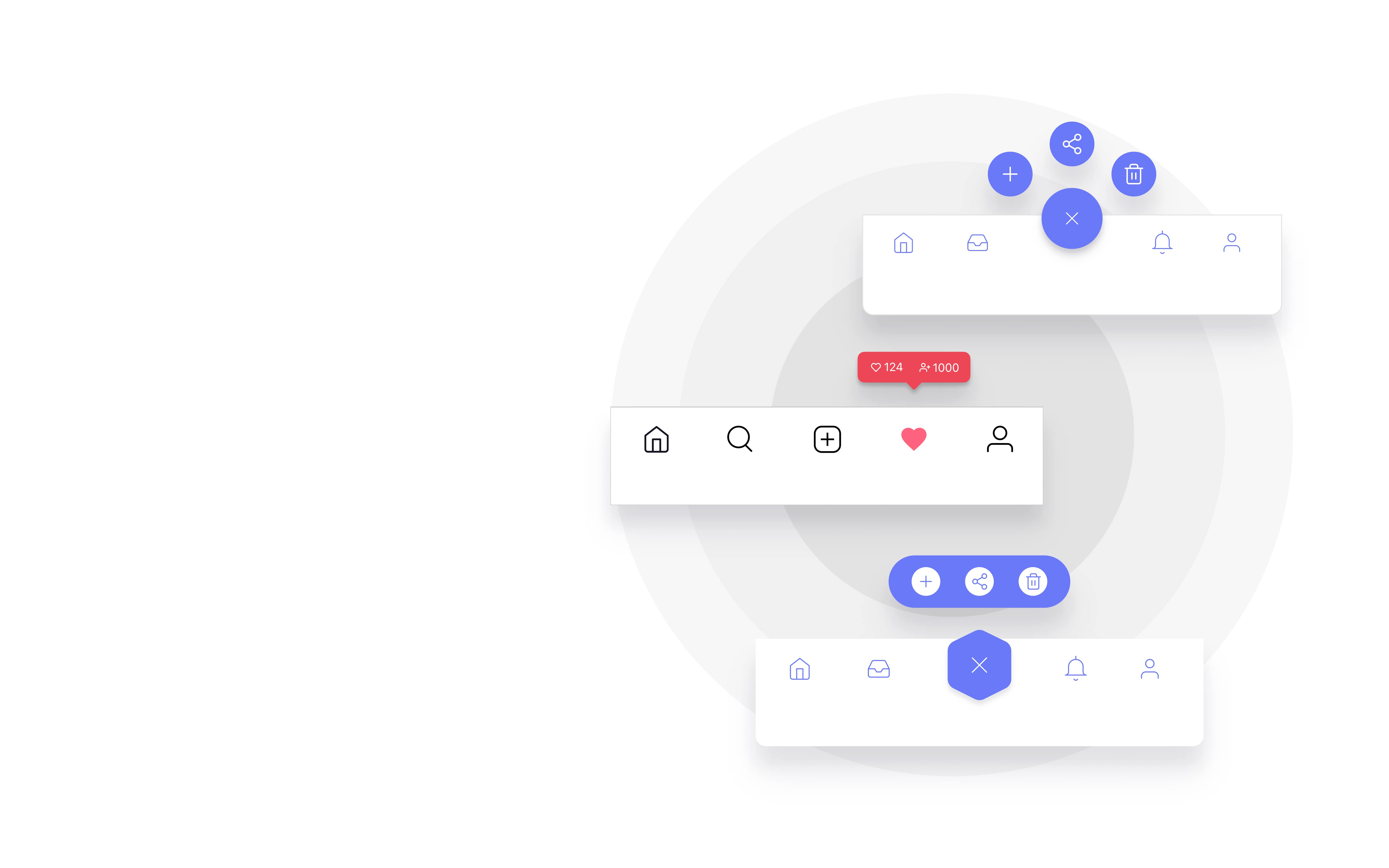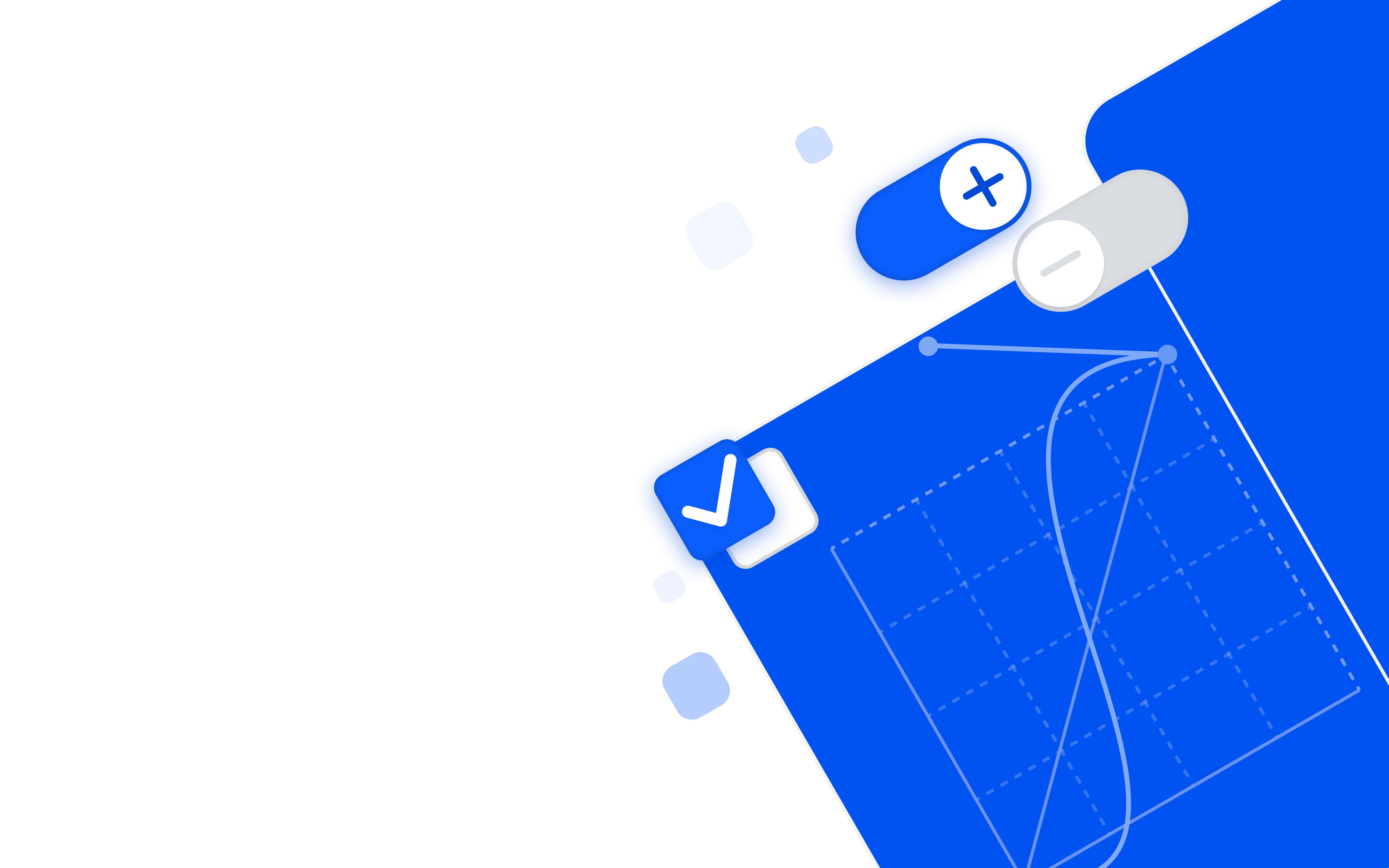Micro-interactions are a cornerstone of trending UI design in 2025. These small, functional animations—like button hover effects or loading spinners—enhance user engagement and make interfaces feel alive. By providing instant feedback, they guide users seamlessly through tasks, improving overall usability. Tools like Framer or After Effects can help you design micro-interactions that are both subtle and impactful.
In 2025, micro-interactions are becoming more personalized. AI-driven animations adapt to user behavior, creating unique experiences that feel tailored and intuitive. For example, a progress bar might change color based on user preferences, or a notification animation might vary depending on the time of day. These small details make interfaces feel more human and engaging.
Accessibility is also a key consideration for micro-interactions. Designers are ensuring that animations are smooth but not overwhelming, with options to reduce motion for users with sensitivities. Tools like Lottie make it easy to create lightweight, scalable animations that work across devices. This focus on inclusivity ensures that micro-interactions enhance the experience for all users.

As a Google Certified UI/UX designer, I’ve seen how micro-interactions can transform digital products. Whether you’re building a SaaS platform or a mobile app, these small details can make a big impact. Ready to elevate your UI design with micro-interactions? Let’s collaborate to create a digital experience that delights users and drives results.




Justin Bateh
Great insights on micro-interactions! The AI-driven personalization idea is fascinating. Do you have any examples of this in action?
Aminul Islam
Thank you! A great example of AI-driven micro-interactions is Spotify’s personalized playlists—animations change based on your listening habits. Let me know if you’d like more examples or tips!